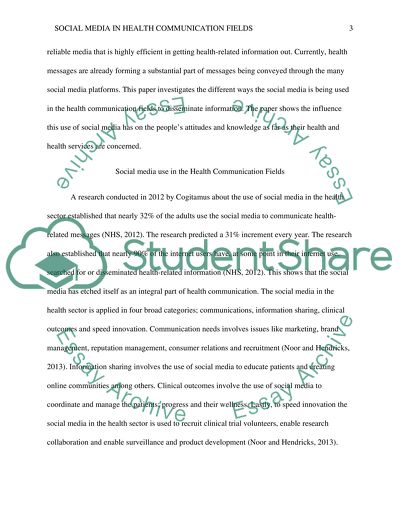Cite this document
(“Social media in the health communication fields Research Paper”, n.d.)
Retrieved from https://studentshare.org/journalism-communication/1643760-social-media-in-the-health-communication-fields
Retrieved from https://studentshare.org/journalism-communication/1643760-social-media-in-the-health-communication-fields
(Social Media in the Health Communication Fields Research Paper)
https://studentshare.org/journalism-communication/1643760-social-media-in-the-health-communication-fields.
https://studentshare.org/journalism-communication/1643760-social-media-in-the-health-communication-fields.
“Social Media in the Health Communication Fields Research Paper”, n.d. https://studentshare.org/journalism-communication/1643760-social-media-in-the-health-communication-fields.


